Friday
Scene and HeardDharma Tour of Europe
Bill Karelis recently returned from a five-week journey through the UK, the Czech Republic, Holland, Germany, Poland, Lithuania and Romania. He shares with the Shambhala Times a photo essay alongside his impressions of these cities and their emerging dharma scene.
A magnificent, unreconstructed, limestone quarry just outside of Krakow, Poland. Krakow is the ancient seat of the Polish empire. It is very old—some buildings have been in constant use from the 8th century until the present day. The main square of the old city has an unforgettably open feeling, which is at the same time contained. On my first visit to Krakow, I was taken to a restaurant deep underground, with walls fashioned entirely of stone, which is typical. There we were served Ukrainian borsch in giant tureens—a white soup stocked with sausages and other savories, probably cousin to the broth that kept generations of my Jewish ancestors—and everyone else in the region—alive through the long winters.
Meditators in a teahouse in the Czech Republic. I have visited this tea house three times. We did a one-evening-plus-one-day workshop this visit. The Czech Republic is a country of beautiful old towns and much drala, from the graffiti to the forests. There are twelve million inhabitants. The downtown area of Prague is regarded by some, including me, as the loveliest old city in Europe. I previously served as the mentor for the Shambhala community in the Czech Republic, and the karma of connection with the sangha seems to have continued. This trip I stopped in three cities.
Public talk in Bucharest, Romania. Romania is a country at the southeastern crossroads of Europe, bordering Hungary, Serbia, the Ukraine and Bulgaria, not too far from Turkey. There are 20 million inhabitants—one quarter the size of Germany. The Romanian language resembles Italian; many of the people have dark hair and dark eyes. The country possesses a long, brilliant intellectual history. There was great suffering under their recent dictatorship. As with all the central European nations, the economic recovery, with its increasing sense of survival, is bringing with it a great thirst for meaning beyond material well-being.
Lunch during the Maitri program in Freiburg, Germany. Freiburg famously sits in the Black Forest, near the Swiss border, in southwestern Germany. This region is supposed to have the warmest and sunniest weather in Germany, but it seems to depend on the day (as everywhere!). There is a wonderful mildness to the air and to the environment generally. Freiburg has fabulous restaurants, some of them in historic properties.
Participant at the talks in Krakow and Katowice.
Street scene in Paris at sundown.
Zen teacher, Paris, on the bridge to the Ile St. Louis, with the Seine in the background.
Two boys, reminding Jewish tourists of their heritage in the Jewish quarter, Paris. The one in the foreground is Ukrainian. He speaks six languages. The one in the background is from Great Britain. They are very convincing. The method they use is to have the tourists recite Hebrew after them, from the scriptures, and to bless them with sacred substances at the same time.
Corridor between streets in a Moravian town in the southern Czech Republic.
Group portrait of some participants from the weekend program in Romania, entitled “The Complete Teachings of Mahayana” (from the seminar of the Vidyadhara, Chogyam Trungpa Rinpoche, with that name).
Tattoo parlour in Manchester. Probably you could see a sign like this anywhere–except this one might have been the same at the time of Charles Dickens.
Manchester, an old mill city in the northwestern area of the United Kingdom, near Liverpool and Birmingham, across the sea from Ireland. Karl Marx thought the international communist revolution would begin in this part of the world, owing to the oppression of the factory workers there in the nineteenth century. It turned out he was wrong, but the region definitely bears that stamp.
Pranas Lape, a painter (now blind) in Vilnius whom I visited three times for a chat and his sister Zita who cares for him. He is old enough to have remembered life in Lithuania before WWII. Being an artist, his reminiscences are not stock-in-trade, but bear the stamp of alive and unique perceptions.
Three participants at the weekend program on “The Six Realms of Existence” in Vilnius, Lithuania.
Crows at dawn in Vilnius, the capitol of Lithuania. Lithuania, along with the other two Baltic states, Latvia and Estonia, forms a cradle of civilization, much older than Europe, judging by the age of the language groups. The Lithuanian name for the country, “Lietuva,” translates roughly as, “It’s raining.” The country has three-and-a-half million inhabitants, and sits just northeast of Poland
On the last morning of the program, hundreds of crows descended on the trees and buildings outside my window—swirling all at once, as if with one mind. They swooped back and forth, dive bombing the camera whenever I picked it up. I felt surrounded by quite convincing protectors.
My most famous ancestor, from among a long line of anonymous members of the underclass, a Talmudic scholar named Avraham Karelitz, was born in Vilnius and is claimed by that city. He later moved to Lvov in the Ukraine and was claimed by that city as well, until finally emigrating to Israel at the end of his life. 40% of the population of Vilnius was Jewish in 1938; subsequently, it went to nil. The old town comprises a greater proportion of the whole city than any other in Europe. Vilnius is sometimes regarded as a second Prague for that reason.
There is an energy to the country, which I have come to love. It is beautiful, dark and decent, all at the same time.
More details about Bill Karelis’ tour of Europe will be featured soon on Radio Free Shambhala.


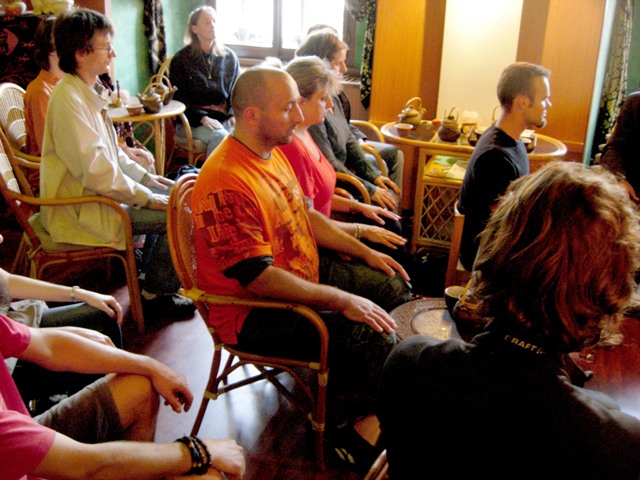


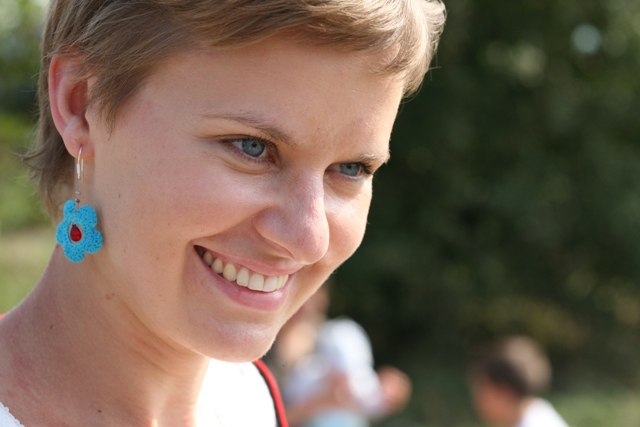
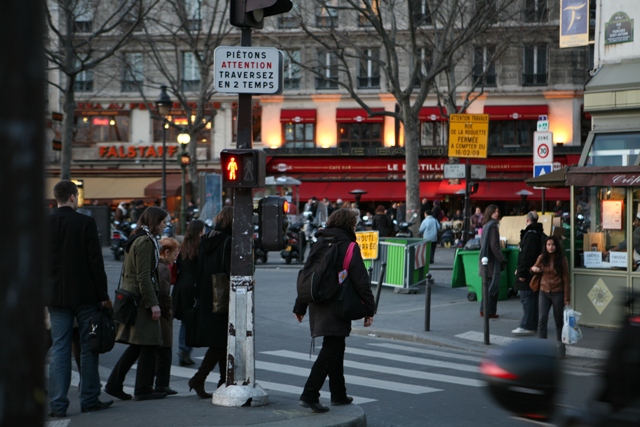
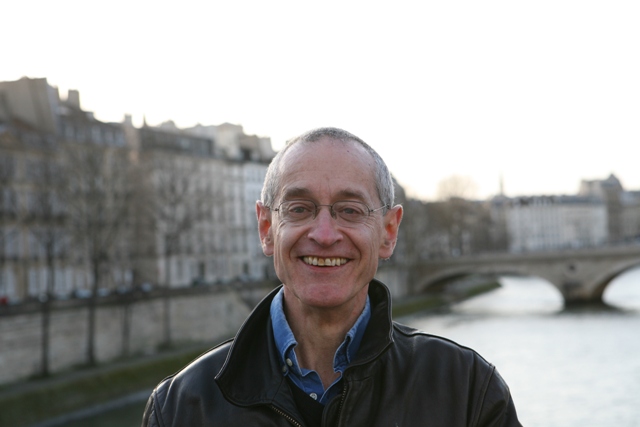

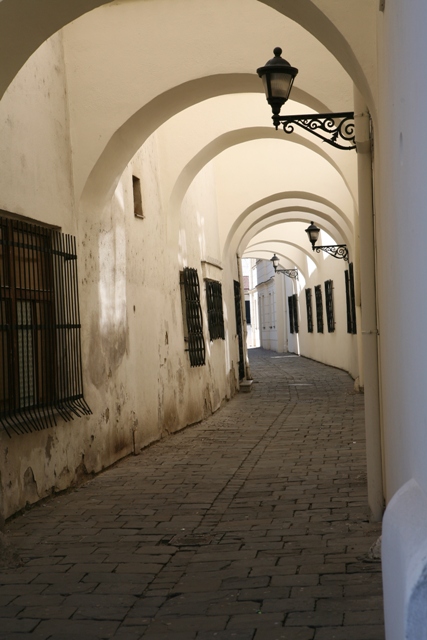

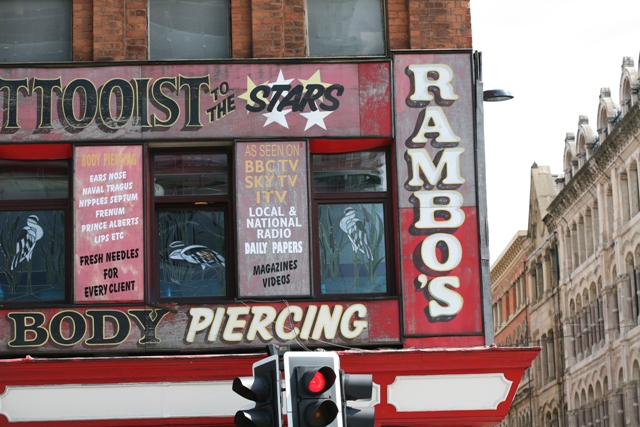
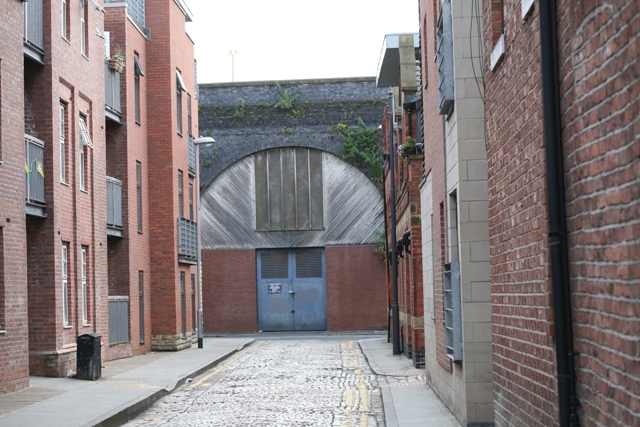
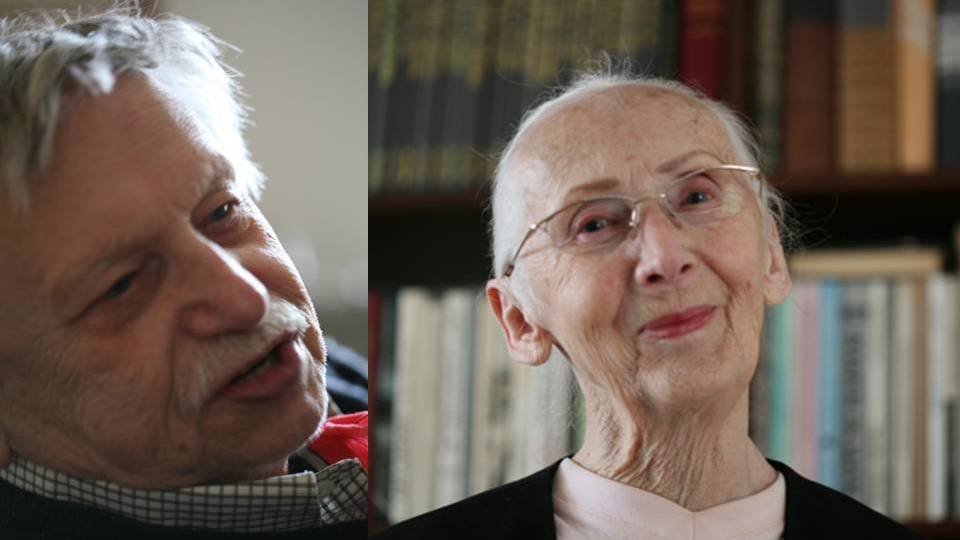
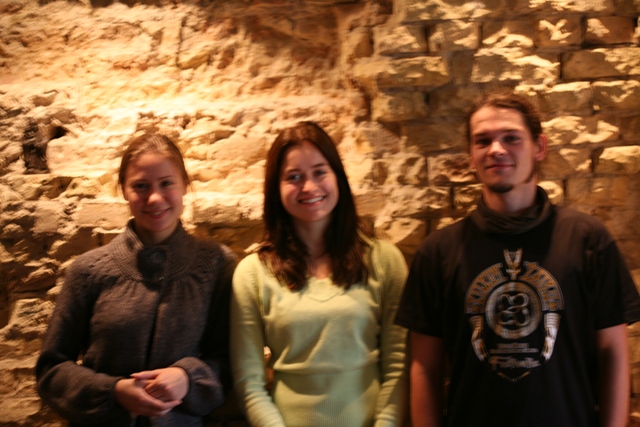
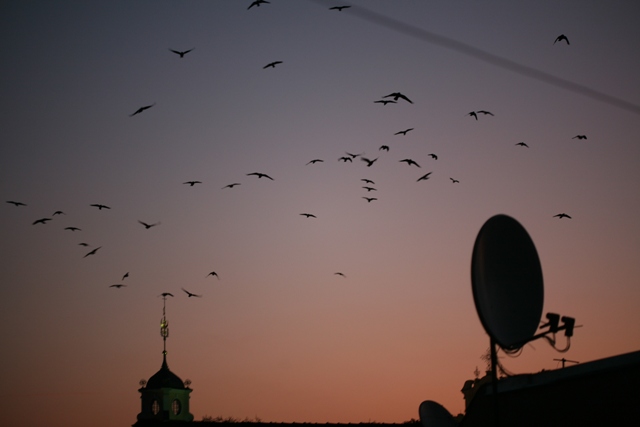




Apr 26, 2012
Reply
Hi Bill. My mother told me today, April 26th 2011 that she purchased a Pranas Lape` watercolor (about 30 inches by 20 inches) in Phoenix, AZ. I have not seen it myself, but she described it as a landscape of a harbor in Maine, with boats and buildings. It is dated 1966. I started to research Mr. Lape`s background and it appears that he had a remarkable life as a very active artist.
Thanks for sharing your experiences with the world. Regards. Marco (East Coast USA)
Jul 2, 2010
Reply
Diane, Pranas passed away this last winter. I visited his sister in the early spring in Vilnius. We spent some hours discussing his life and work, through an interpreter. She speaks no English. I do have a phone number for her, but no email address. If you wish her phone number, I can send it to you. Or, if you wish to write a note to her, you may send it to me at [email protected]. I can have it translated into Lithuanian, and give it to her this October (2010).
Jun 16, 2010
Reply
Dear Bill,
Pranas Lape was my art teacher in Connecticut 50 years ago at the small girl’s school I attended in Rowayton. Can you put me in touch via email with his sister? I would like to send a message to him. Thank you, DE
Dec 23, 2009
Reply
Katey, yes, in most instances I am translated. I do not find this to be an obstruction when teaching. In fact, it has educated me to be succinct–to say what is necessary, but not more than that. You are correct in observing that the translation is very important, so I am grateful to have had the excellent help that I have received in this department.
Dec 7, 2009
Reply
Hi Bill – I am wondering if you had translator(s) for some of these programs and if so, how you found that experience? It seems especially important when trying to relay a message with precision. ~KS
Oct 31, 2009
Reply
Hello Bill,
It was great meeting you at the Dharma talk in Milwaukee, Wisconsin yesterday. It was a wonderful experience listening to you. There are times when I actually learn more from listening than speaking. The Power Point came out much better than I had thought. Hopefully, I will be in Red Feathers Lake soon for another session. I see that we have traveled to some of the same places. That’s wonderful.
Namaste!
Joseph
Oct 28, 2009
Reply
Fresh needles for every tatoo client in Manchester, if I read the sign correctly. that’s comforting.
What a dharmic adventure. What a gift.
Oct 26, 2009
Reply
Bill, the words you use to describe Pranas Lape, apply as well to this fine photo essay ~ it, too, “bears the stamp of alive and unique perceptions.” Mind-opening, heart-piercing. Thank you!